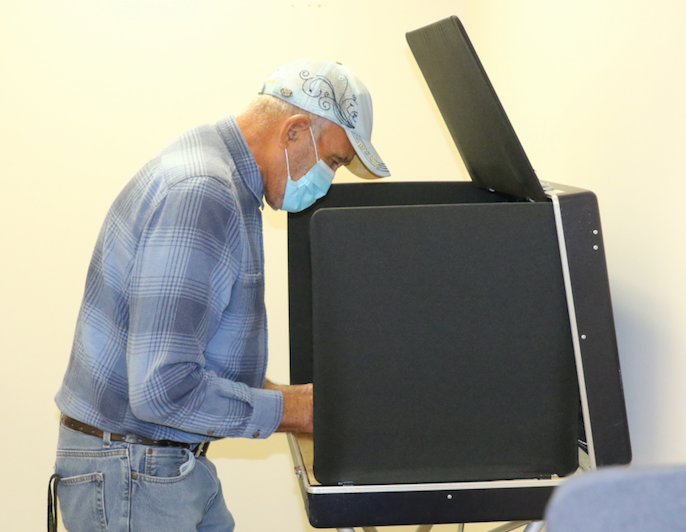Meeting on intersection is Wednesday
Published 10:16 am Tuesday, May 30, 2017
A meeting will be held Wednesday, May 31 at 6 p.m. for the community, along with town leaders, to learn the recommendation from engineering firm Taylor McCormick on proposed improvements at the intersection of Oak and High streets and Griffin Boulevard.
Being considered are a realignment of the busy intersection, or constructing a roundabout.
The meeting will be held in the town council’s chambers in town hall in downtown Farmville.
“We hope that residents will attend the community meeting to learn more about the intersection study and the recommendation,” Mayor David Whitus said in a statement regarding the upcoming meeting. “This is an excellent opportunity for residents to express their views and ask questions about the different options.”
Officials with McCormick Taylor — the engineering firm conducting the study — led the over hour-long discussion with the group in February, discussing the pros and cons of a realignment of the intersection and the potential for a roundabout.
The crowd posed numerous questions to McCormick Taylor senior engineer Don DeBerry, who fielded inquiries regarding pedestrian safety, foot traffic, costs, bicyclists, ecological impacts, lane width and speed.
“We are excited to hear their recommendation and to hear the opinions of residents so that a well-informed and thoughtful decision can be made to effectively
address the issues at that intersection,” Town Manager Gerald Spates said in a statement regarding the upcoming meeting.
The town council’s decision to contract with the Glen Allen-based engineering firm comes with a price tag of $44,000 — one that’s being split with Longwood University, which has a roundabout in its Master Plan.
Before the February meeting began people mingled, looking at displayed design alternatives on easels. The three graphics depicted the three alternatives the firm is studying: A, no change at intersection; B, a traditional realignment of the intersection with traffic signals; or C, a single-lane roundabout.
“That’s our base; that’s what we’ve got,” DeBerry said of Alternative A, which is no change at the intersection. His presentation listed pros of the alternative as no impacts to right-of-way, utilities and environment, and a con as a poor level of service for pedestrians, trucks and vehicles.
A traditional realignment with a signalized intersection is Alternative B. “You just basically move it over so the signal can operate more efficiently. (It) should give us some improvement,” DeBerry said.
According to the presentation, pros of the realignment include the project being “a little cheaper” than a roundabout, fewer utility and drainage conflicts, signalized pedestrian movements and constructability.
A con of the alternative is “efficiency lower than a roundabout.”
Alternative C, the roundabout, came with pros of safety and less conflict points.
“Signalized intersections tend to generate a lot of rear-end collisions. Don’t see that with roundabouts, generally,” DeBerry said. “The operation, or que, of the traffic will generally be less. There will generally be less delay at an intersection. Again, these are generalizations, however.”
“We need to understand the conditions that exist out there today and what we’ll be analyzing,” he added.
Cons of the roundabout include costs, a larger footprint and maintenance of traffic during construction.
“They’re a little more to construct,” DeBerry said, noting, “while you’re building them can be tough because you’ve got to impact all four directions of traffic that are coming into this circle.” Initial driver confusion was also listed as a con of the project.
According to DeBerry, roundabouts have “lower maintenance costs, generally.”






